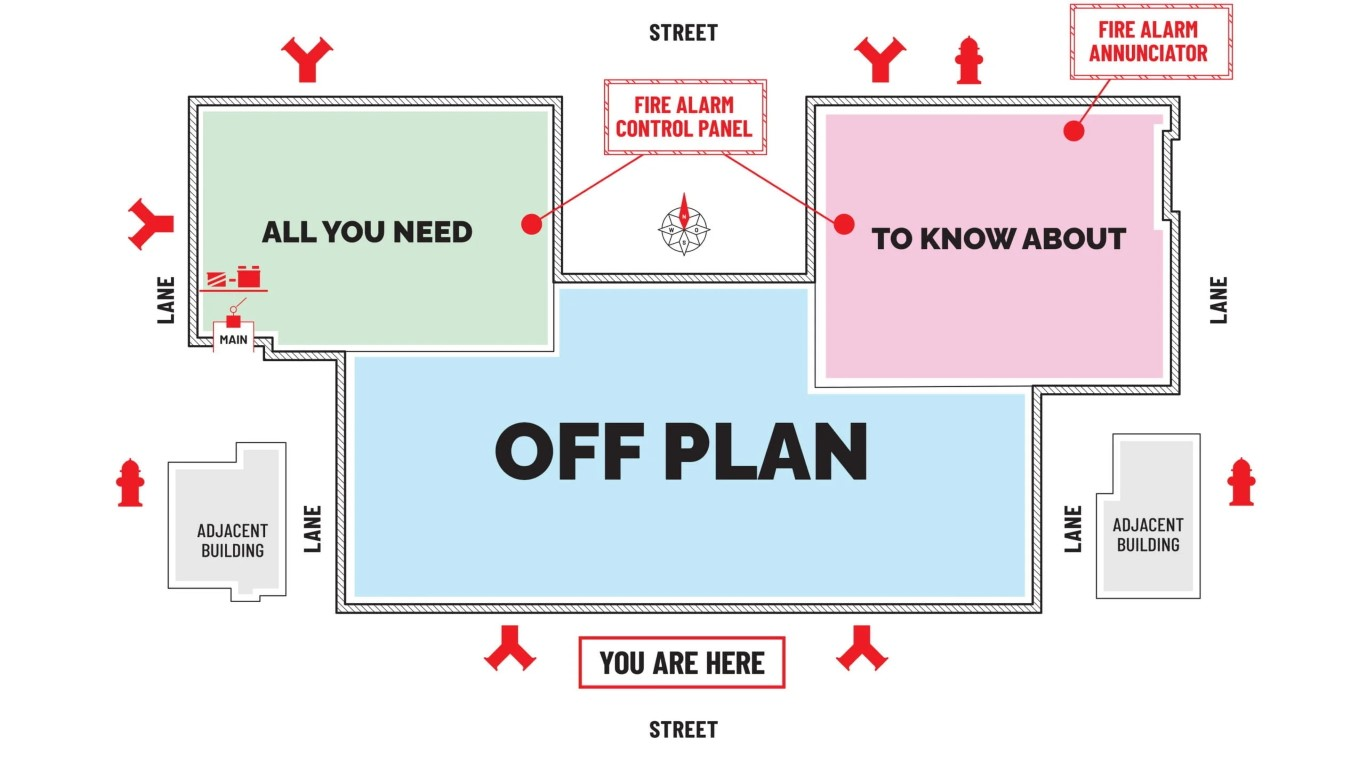Now Reading: 6 Compelling Off-Plan Zakat Regulation Amendments in 2025
-
01
6 Compelling Off-Plan Zakat Regulation Amendments in 2025
6 Compelling Off-Plan Zakat Regulation Amendments in 2025

Table of Contents
Off-Plan Zakat Regulation: Saudi Arabia’s real estate market, valued at SAR 2.5 trillion ($533 billion) in 2024, is projected to reach $101.62 billion by 2029, growing at an 8% CAGR, per Arab News. Off-plan sales, critical to Vision 2030’s giga-projects like NEOM ($500 billion), face evolving Zakat regulations under the Zakat, Tax and Customs Authority (ZATCA).
Amendments to Article 73 of the Zakat Executive Regulations, approved in June 2025, refine Zakat treatment for off-plan projects, per Istitlaa. This article explores six compelling Zakat regulation amendments impacting Saudi off-plan real estate in 2025, with U.S. tax considerations, without external links.
Why Off-Plan Zakat Amendments Matter?

Saudi’s 5.8% non-oil GDP growth and SAR 7.86 billion ($2.1 billion) real estate FDI in 2024 fuel demand, per Saudi Central Bank. Off-plan projects, comprising 30% of 520,000 transactions, face 2.5% Zakat on trade assets above SAR 27,000 held for one lunar year, per ZATCA. Amendments enhance compliance and transparency, impacting:
- Cost Savings: 0.3–0.5% reduction in compliance costs.
- Yield Stability: 6–8% in NEOM; 90% occupancy in Riyadh.
- FDI Appeal: 15% growth in 2024.
- Compliance Efficiency: 98% adherence; fines up to SAR 500,000 avoided.
6 Compelling Off-Plan Zakat Regulation Amendments in 2025
1. Deduction Formula for Off-Plan Balances
A new paragraph in Article 73 allows deductions for licensed off-plan project balances using the formula: Deduction = Year-end balance – Annual additions, if positive, per ZATCA. A SAR 100 million NEOM project with SAR 20 million additions deducts SAR 80 million, reducing Zakat by SAR 2 million.
- Impact: Cuts Zakat by 0.5–1%; supports 6–8% yields.
- U.S. Tax Consideration: Assets on Form 8938; expenses on Schedule E.
- Action: File via ZATCA portal; invest in Red Sea projects.
2. Prioritized Non-Current Asset Deductions
Off-plan projects classified as current and non-current assets prioritize deductions for non-current balances first, per ZATCA. A SAR 50 million Riyadh project (SAR 30 million non-current, SAR 20 million current) deducts non-current first, saving SAR 750,000 in Zakat.
- Impact: Enhances cash flow by 0.3–0.5%; stabilizes 7–8% yields.
- U.S. Tax Consideration: Gains on Form 8949; credits on Form 1116.
- Action: Register with MISA; consult Deloitte.
3. Aligned Funding Sources with Zakat Base

Funding for off-plan projects must comply with Article 25, adding proportional liabilities to the Zakat base, per ZATCA. A SAR 40 million Qiddiya project funded by SAR 10 million loans adds SAR 250,000 to the base, ensuring transparency.
- Impact: Boosts compliance by 5%; aligns with 520,000 transactions.
- U.S. Tax Consideration: Liabilities on Schedule E; accounts on FinCEN Form 114.
- Action: Verify via Al Rajhi Bank; target AlUla.
4. Project-Specific Zakat Calculations
Each off-plan project’s Zakat is calculated separately, per ZATCA, preventing cross-project offsets. A SAR 30 million Jeddah project and SAR 20 million Dammam project avoid SAR 500,000 in overpayments by isolating deductions.
- Impact: Reduces errors by 8%; supports 6–7% yields.
- U.S. Tax Consideration: Income on Schedule E; depreciation on Form 4562.
- Action: Track via Tadawul; consult PwC.
5. Enhanced Compliance Documentation
ZATCA requires authorized persons to submit audited financials for off-plan deductions, per Article 99. A SAR 60 million Diriyah project with verified records avoids SAR 300,000 fines, ensuring 98% compliance.
- Impact: Cuts audit time by 3–5 days; stabilizes 6–8% yields.
- U.S. Tax Consideration: Expenses on Schedule E; report on Form 1040.
- Action: Submit via ZATCA; engage Savills.
6. Extended Statute of Limitations
The statute of limitations for Zakat returns extends to 10 years for non-filers, per Article 106, but amendments allow error corrections with ZATCA approval, per Article 103. A SAR 25 million NEOM project corrects errors, saving SAR 625,000 in penalties.
- Impact: Enhances transparency by 0.5%; supports 90% occupancy.
- U.S. Tax Consideration: Credits on Form 1116; gains on Form 8824.
- Action: File via ZATCA portal; target Roshn.
Key Considerations for U.S. Investors
- Risks:
- Oversupply: 100,000 units in 2025 may soften yields by 0.5–1%, per Cushman & Wakefield.
- Volatility: 5–8% price fluctuations possible, per CBRE.
- Compliance Costs: Advisory fees add 0.3–0.5%, offset by savings.
- Tax Compliance: Saudi’s 5% RETT, 20% CT, 2.5% Zakat apply. IRS requires Form 1040, Form 1116, Form 8938, Form 8824, Form 4562, and FinCEN Form 114.
- Regulatory Compliance: CMA mandates KYC; fines up to SAR 500,000. Verify via ZATCA or MISA.
- Currency Stability: SAR pegged at 1 USD = 3.75 minimizes risk.
Conclusion
Saudi’s 2025 off-plan Zakat amendments—deduction formulas, non-current asset prioritization, aligned funding, project-specific calculations, enhanced documentation, and extended limitations—optimize a $533 billion real estate market with 6–8% yields. U.S. investors, leveraging IRS credits and ZATCA tools, can maximize returns in NEOM, Qiddiya, and Diriyah, ensuring compliance and robust profits in Vision 2030’s dynamic landscape. Off-Plan Zakat Regulation
READ more: 7 Smart Implications of White Land Tax Law in 2025





















